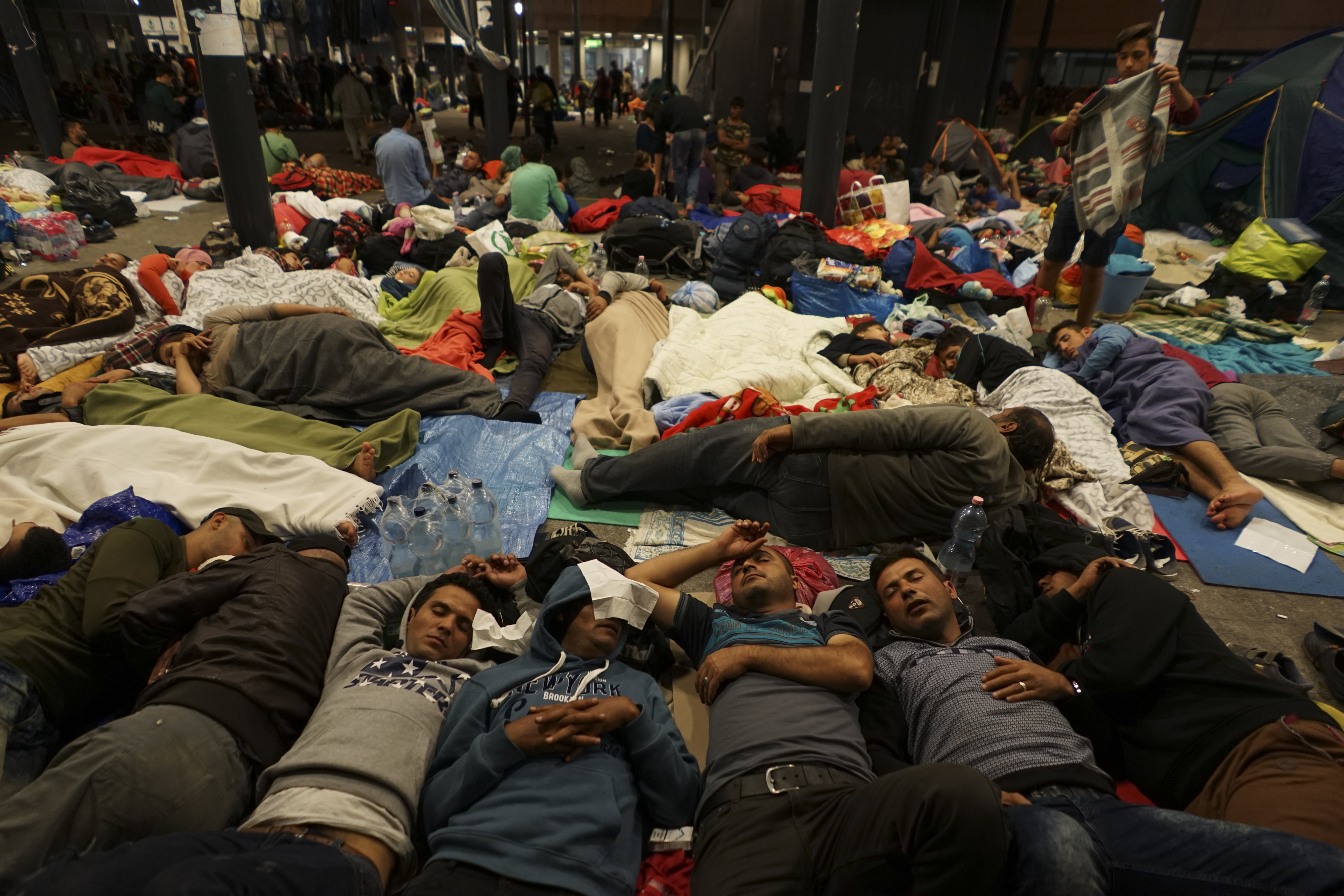Yesterday was World Refugee Day, a good time to reflect on where we might be fighting in the future.
We never can predict what the next war will look like – few could have predicted Ebola would break out in West Africa or that a wave of Arab dictatorships would be toppled in 2011. But given the simple fact that 60 million people are uprooted from their homes, this should provide a useful data point on where and who we might be fighting down the road. These are not Polish plumbers or economic migrants seeking a more lucrative life, mind you, but rather those fleeing war, conflict, and other forms of persecution.
These numbers should garner more attention. Scratch that – these numbers should shock you. Sixty million is roughly the size of France. To be sure, not that every refugee crisis is a flashpoint of violence. I’ve been to several refugee camps that are remarkably civil, orderly, and peaceful places on the surface. There are countries such as Jordan, moreover, where refugees probably outnumber locals and yet they are not at perpetual war.
Social scientists do not agree on what the main drivers of violence or war are (and these two variables should be disaggregated). Nor is there agreement on the mechanisms linking refugees to conflict. We know large movements of displaced persons tend to correlate with higher rates of crime, black markets, and other contributing factors of conflict. Terrorism is also a key trigger. In Kenya, waves of Somali refugees make locals cringe at future Westgate Mall-style attacks. Ditto in Britain, there is more than a passing correlation between fears of immigration and Brexit zealotry.
what would a military intervention at a refugee camp look like? Some of these camps are not temporary homes but rather sprawling cities. Zaatari, the second largest refugee camp in the world … is one of Jordan’s largest cities.
Let’s imagine some future war scenarios involving these large waves of refugees. First, contrary to popular imagination, the bulk of the recent outflow of refugees from conflicts in Syria, Yemen, Afghanistan and other Muslim countries is not settling in UNHCR camps. They are mostly urban refugees. That means they live in squat apartment blocks, often several families squeezed into small flats, with squalid living conditions. Barred from working above the table, they scrabble in the informal economy. They are also more middle class than previous generations of refugees, which means that their expectations of finding work are higher but also that presumably they should be able to find more gainful employment and require less training. But failing that, we can imagine they may be more susceptible to radicalism. We can also imagine that the favela-like slums where many live can give rise to pitched riots common among Latin American and South Asian urban centers.
Second, what would a military intervention at a refugee camp look like? Some of these camps are not temporary homes but rather sprawling cities. Zaatari, the second largest refugee camp in the world which I visited a few years back, is one of Jordan’s largest cities. The use of lethal force in such a dense patchwork of dwellings would require considerable collateral damage. Intelligence is often the handiwork of self-described “mayors” who informally run these camps’ districts. Refugees I’ve interviewed from myriad conflict zones (Sri Lanka, Philippines, Lebanon, Syria, etc.) tend to harbor a thick suspicion of foreign interests in their plight, especially Americans. In Mindanao, at a makeshift camp of Moros displaced by the fighting, I remember a camp elder tell me that the boxes of flashlights given to them by the Americans – which are very handy when night falls – were tossed out for fear they were used as spying devices. A sniff of anti-Americanism also lingered in the Syrian refugee camps I visited. Even if war were not to break out tomorrow in one of these camps, they are breeding grounds of youthful angst and future extremists.
The upshot is that the latest refugee outflow is not a crisis to be solved solely by international do-gooders or human rights groups. There will be increasing calls for boots on the ground and military solutions. The threat of Kurdish refugees flooding across Turkey’s borders in the aftermath of the first Gulf war, which led to Operation Provide Comfort, is just one example of how refugee crises can bring on military interventions. Cross-border strikes into Somalia by Kenyan forces provide another.
To mitigate against this almost inevitable future, our current officers should better understand the causes of refugee flows, the legal dynamics of asylum, and the geopolitical implications of large-scale displacement. It’s hard to predict the next war. But it’s not hard to fathom a future whereby U.S. forces will be called to stabilize a conflict ignited by refugees living in open-air prisons. The writing is on the proverbial wall.


Superb article! For a good historical review of Operation Provide Comfort (which I was privileged to support as 10th SFGA group judge advocate), see:
http://www.history.army.mil/html/books/humanitarian_intervention/CMH_70-78.pdf